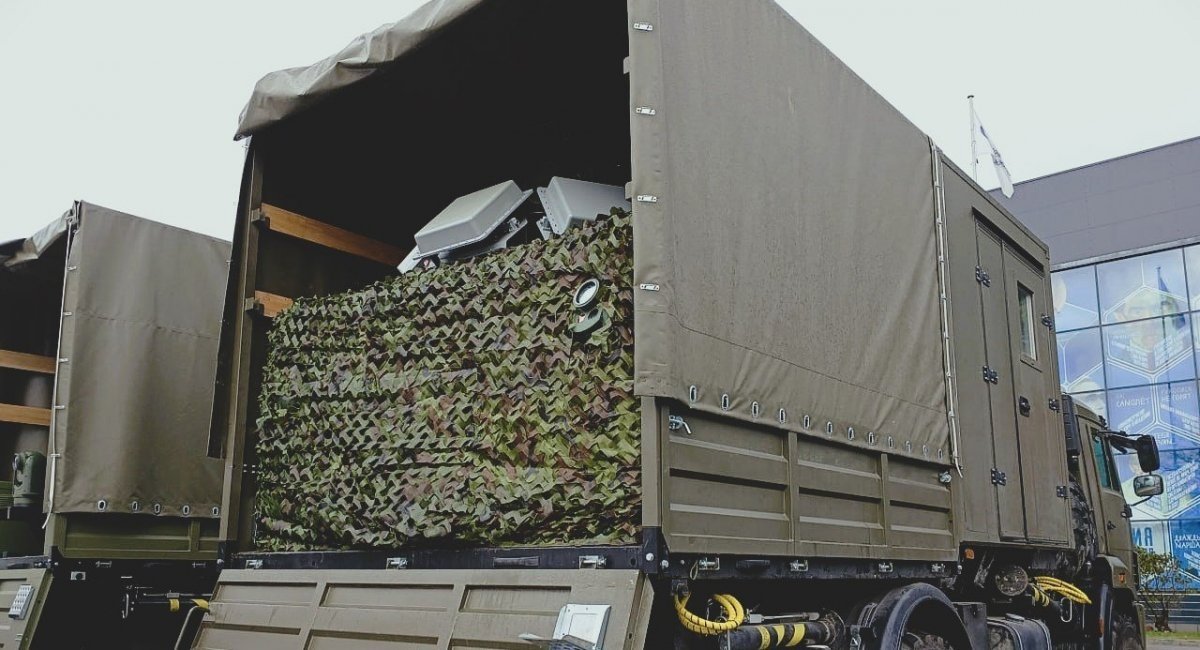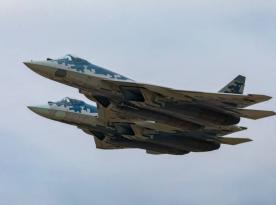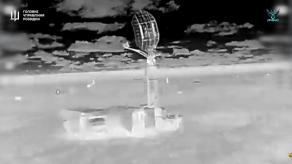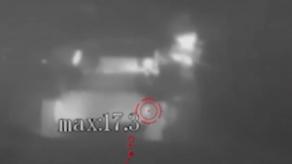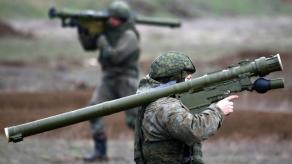russian Shvabe Holding, a subsidiary of Rostec, has somewhat discreetly unveiled its new development—a combat laser designed to shoot down drones. Its distinctive feature is mobility. The system is mounted on a KamAZ truck and "can hit several high-speed UAVs of various types, including FPV drones, within a minute."
At the same time, the name of the development was not disclosed, which is surprising. The laser system was also hidden under a camouflage net. This is typical of how russia showcases weapons it tries to present as its own — as was the case with the Chinese Silent Hunter laser, rebranded as Kochevnik.
Read more: China Hides Air Defense Systems in Concrete Bunkers with Sliding Roofs to Counter U.S. Barracuda Missiles
No information was provided about the laser's characteristics, including its power output. The only information provided was that "the complex is based on an air-cooled high-power laser and an electro-optical system for detecting and tracking targets," and that it is powered by on-board batteries. At the same time, this photo is enough to draw some conclusions about this development.
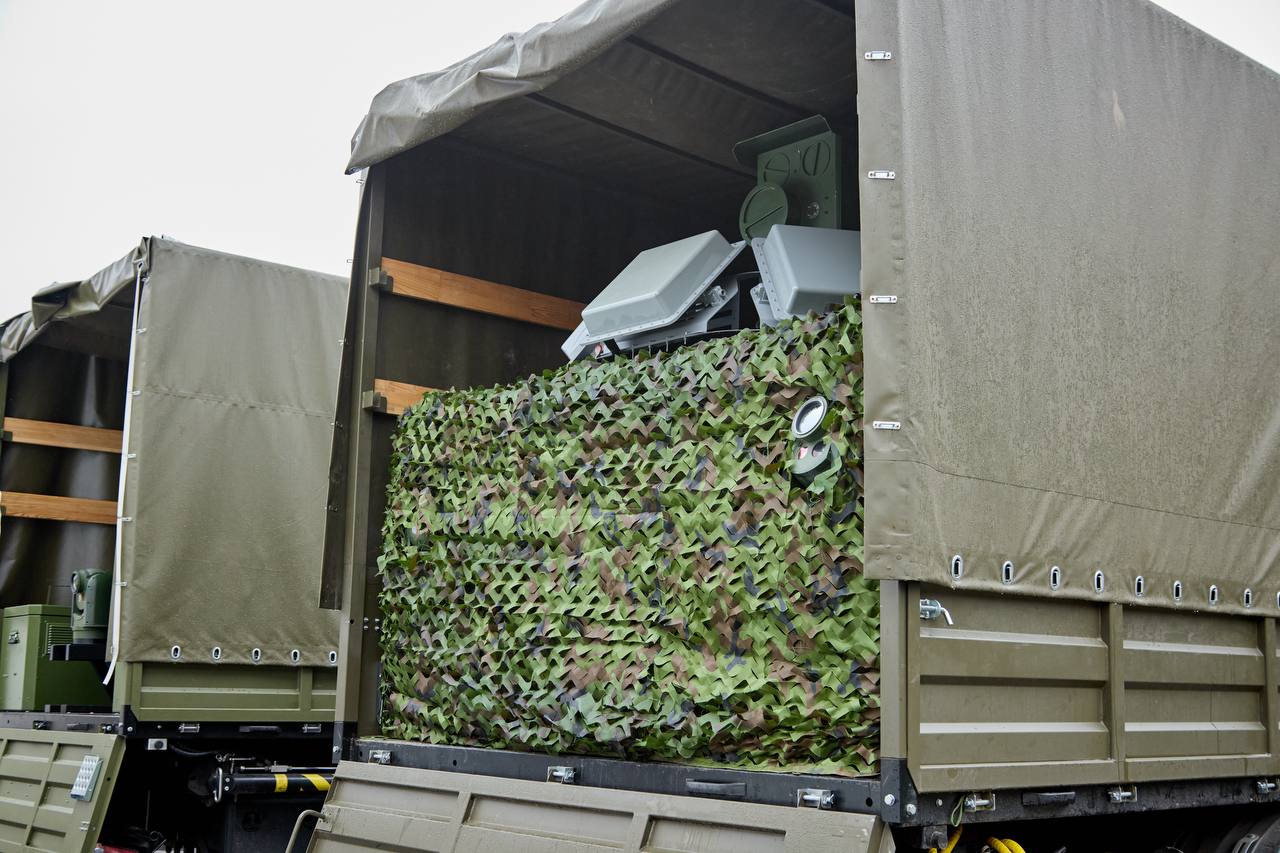
In particular, target detection is carried out not only by the electro-optical targeting system, visible through a cutout in the camouflage net, but also by the radar. Most likely, the well-known compact Repeynik radar was employed — three units to provide coverage over a 135–180 degrees sector, or six to eight for full 360 degrees surveillance. This radar has a declared detection range of 2 km for targets such as the Mavic quadcopter. This means that the effective laser strike range is shorter.
As for the laser mounted above the Repeynik radar, it has not yet been possible to find an exact match among Chinese offerings on the civilian market. However, similar protective cover designs can be easily found in other systems.
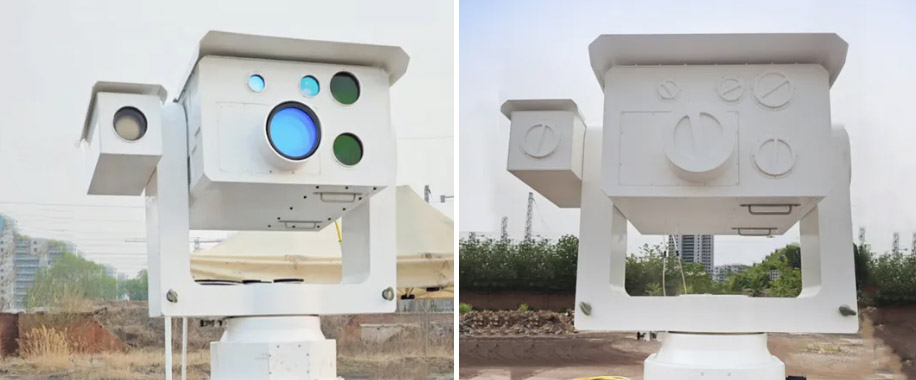
Therefore, it may later turn out that another russian development is in fact based on a Chinese system, either adapted from the civilian market or specifically produced for russia. After all, Belarus also passed off a Chinese system as its own — the so-called Shafran combat laser.
It should also be noted that China has already sold anti-drone lasers, but their actual use in Saudi Arabia has shown that it takes 15-30 minutes to destroy a drone and there are huge problems with cooling it down.
At the same time, China fields or at least shows off combat lasers that are much larger in size, highlighting the much greater power needed to actually destroy drones.
Read more: Laser vs Supersonic Germany Is Preparing Its Warships to Face Missile, Drone Swarms




